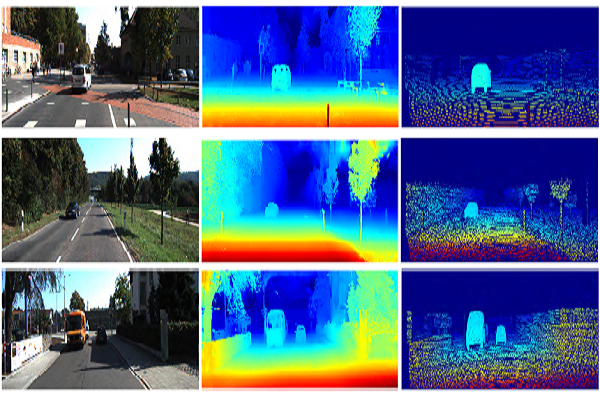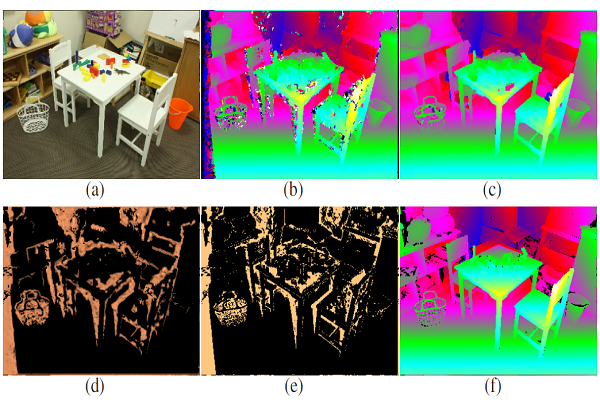-
09-06-2017
Efficient Stereo Matching Leveraging Deep Local and Context Information
Stereo matching is a challenging problem with respect to weak texture, discontinuities, illumination difference and occlusions. Therefore, a deep learning framework is presented in this paper, which focuses on the first and last stage of typical stereo methods: the matching cost computation and the disparity refinement. For matching cost computation, two patch-based network architectures are exploited to allow the trade-off between speed and accuracy, both of which leverage multi-size and multi-layer pooling unit with no strides to learn cross-scale feature representations.[ Learn more ]
-
09-06-2017
Feature Ensemble Network with Occlusion Disambiguation for Accurate patch-based stereo matching
Accurate stereo matching remains a challenging problem in case of weakly-textured areas, discontinuities and occlusions. In this letter, a novel stereo matching method, consisting of leveraging feature ensemble network to compute matching cost, error detection network to predict outliers and priority-based occlusion disambiguation for refinement, is presented. Experiments on the Middlebury benchmark demonstrate that the proposed method yields competitive results against the state-of-the-art algorithms.[ Learn more ]


